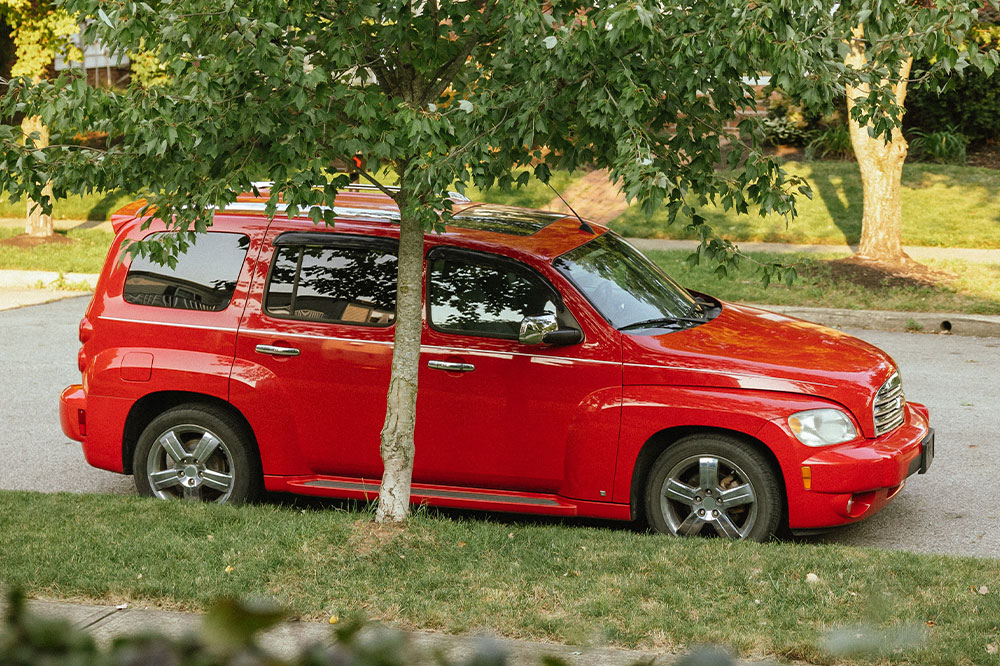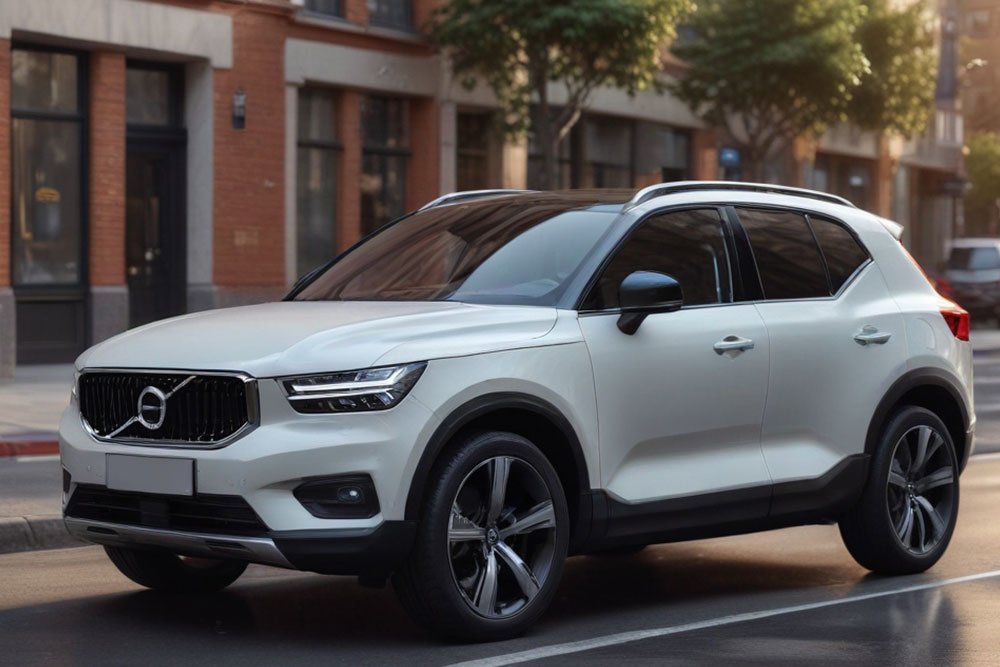Comprehensive Review of the Chevrolet HHR: Design, Performance, and Safety
The Chevrolet HHR is a unique retro-inspired wagon blending classic design with modern features. Known for its spaciousness, safety, and versatile performance, it appeals to drivers seeking a stylish yet practical vehicle. This comprehensive guide explores its history, design, performance, safety features, and cost, offering valuable insights for potential buyers and enthusiasts alike.

Comprehensive Review of the Chevrolet HHR: Design, Performance, and Safety
The Chevrolet HHR has captivated automobile fans with its vintage charm blended seamlessly with contemporary functionality. Crafted by renowned designer Bryan Nesbitt, this model stands out in the wagon segment for its distinctive retro-inspired aesthetics coupled with practical features. The name HHR stands for Heritage High Roof, highlighting its spacious interior and high top design that delivers both style and comfort. Since its debut in the early 2000s, the HHR has become a symbol of reliable utility combined with a nostalgic appearance, appealing to a broad range of drivers looking for a unique vehicle that balances form and function. In this extensive guide, we will explore every aspect of the Chevrolet HHR, from its rich history and design elements to performance capabilities, safety features, and cost considerations, providing you with a comprehensive understanding of this remarkable vehicle.
Historical Development and Model Evolution
The Chevrolet HHR was introduced during the early 2000s as a distinctive entry into the compact wagon market. Its development aimed to revive the retro style popular in previous decades while integrating modern automotive technology. Throughout its production span, the HHR was praised for its nimble handling and efficient four-cylinder engines, making it an appealing choice for urban commuters and small families alike. One of its notable variants was the panel van model, characterized by rear doors lacking external handles, emphasizing its minimalist and innovative design philosophy. To cater to more performance-focused drivers, Chevrolet introduced the HHR SS, a sporty version equipped with enhanced power and handling features. Despite challenging economic conditions during its era, Chevrolet demonstrated resilience by continuously updating the HHR’s features to meet shifting market trends, reflecting its commitment to maintaining relevance and appeal.
Design-wise, the Chevrolet HHR boasts a quiet ride with an emphasis on passenger comfort and cargo capacity. Its high roof design ensures generous headroom in both front and rear seats, making it suitable for taller passengers. The vehicle’s exterior features a nostalgic, boxy silhouette reminiscent of classic American wagons, with modern touches that enhance its visual appeal. The interior, primarily composed of durable plastics and practical materials, offers straightforward controls, easy-to-read gauges, and a sound audio system. Upgrades available in the SS edition include sportier touches and performance enhancements, intended to attract enthusiasts looking for a spirited driving experience. Despite its age, the HHR’s unique styling continues to garner admiration from fans of retro-inspired vehicles, reaffirming its place as a distinctive member of Chevrolet’s lineup.
In terms of performance, the HHR’s engine lineup was designed to balance power and fuel economy. Initial models came with 2.2-liter and 2.4-liter inline-4 engines, delivering efficient everyday performance. However, the introduction of the SS version marked a significant upgrade, featuring a turbocharged 2.0-liter four-cylinder engine capable of producing up to 260 horsepower. This allows the HHR SS to accelerate from 0 to 60 mph in just over 6 seconds, providing a more engaging driving experience. Fuel efficiency remains competitive, averaging around 25 miles per gallon combined—an attractive figure for city and highway driving. Buyers could opt between manual and automatic transmissions, allowing customization based on personal preferences or driving conditions. The vehicle's compact size and responsive handling make it suitable for navigating crowded urban environments, while its sporty variants appeal to those seeking more spirited performance on open roads.
Safety has always been a priority for Chevrolet with the HHR. The vehicle was equipped with anti-lock brakes (ABS), traction control, stability aids, side curtain airbags, and OnStar telematics—a comprehensive safety package designed to protect occupants in various scenarios. The HHR garnered top safety ratings, receiving five-star ratings for crash prevention from government safety agencies and earning 'Good' ratings in frontal impact tests. Its durable body structure and safety features make it a reliable choice for families, daily commuters, and safety-conscious drivers. The vehicle’s high seating position, large windows, and well-designed mirrors improve visibility, further enhancing driving confidence and safety on diverse terrains.
Pricing and maintenance costs are practical considerations for prospective buyers. The initial MSRP for a new Chevrolet HHR was around $19,720, although ongoing interest in used models offers more affordable options today. Maintenance costs tend to be moderate, averaging approximately $542 annually, which is competitive within its class. The vehicle is available as a four-door hatchback or two-seat panel van, offering versatility for various needs, whether for family transportation, small business use, or personal preference. Its relatively simple mechanics and common parts contribute to lower repair and upkeep expenses. Overall, the Chevrolet HHR remains a compelling choice for those seeking a retro-designed vehicle that combines practicality, safety, and distinctive style—ideal for drivers who value individuality and reliable performance. Visit your local dealership or explore certified pre-owned options to experience the charm of the Chevrolet HHR firsthand.





